Chicken soup, often dubbed “Jewish penicillin” or a universal comfort food, has transcended cultural and geographical boundaries to become a beloved staple in kitchens worldwide. Whether you’re nursing a cold, seeking solace on a chilly evening, or simply craving a nourishing meal, a well-seasoned chicken soup can heal the soul and satisfy the palate. The magic lies not just in the simmering broth or tender meat but in the delicate balance of spices and herbs that elevate its flavor profile. This article delves into the science and art of selecting the right ingredients to transform a simple chicken soup into a culinary masterpiece.
The Foundation: Building Flavor from the Broth Up
Before diving into spices, it’s crucial to understand the role of the broth. A rich, golden chicken broth forms the canvas upon which spices and herbs paint their flavors. To achieve depth, start with whole chickens or bones—preferably organic or free-range—as they impart a superior taste. Roasting the chicken or bones before simmering adds caramelized notes, while simmering gently for several hours extracts collagen, resulting in a velvety texture.
Salt: Often underestimated, salt is the backbone of flavor. It enhances the natural savoriness of the chicken and balances the sweetness and bitterness of other ingredients. Add salt in layers: a pinch at the beginning to season the meat, a bit more during simmering, and a final adjustment before serving. Avoid over salting early, as liquid reduces over time, concentrating the seasoning.

Black Pepper: Freshly ground black pepper introduces a mild heat and earthy aroma. Unlike salt, it’s best added toward the end of cooking to preserve its pungency. A few twists of the mill can make a noticeable difference without overwhelming the broth.
Aromatics: The Trinity of Onion, Carrot, and Celery
The classic mirepoix (onion, carrot, celery) forms the aromatic base of many soups, including chicken varieties. These vegetables release subtle sweetness and complexity when sautéed in fat (butter, olive oil, or schmaltz) before adding liquid.
- Onion: Provides a sharp, sulfurous base that mellows into sweetness during cooking. Yellow onions are most versatile, but white onions offer a crisper flavor, while shallots add a gourmet twist.
- Carrot: Contributes natural sweetness and a vibrant hue. For deeper flavor, roast carrots alongside the chicken before adding them to the pot.
- Celery: Imparts a grassy, slightly bitter note that cuts through the richness of the broth. Leaves can be tossed in for extra herbal essence.
Herbs: Fresh vs. Dried—When to Use Which
Herbs are the soul of chicken soup, and choosing between fresh and dried depends on cooking time and desired intensity.
Dried Herbs:

- Bay Leaves: A must-have for their subtle, floral-minty aroma. Add one or two whole leaves during simmering and remove before serving, as their texture becomes unpleasant.
- Thyme: Dried thyme offers a concentrated, woodsy flavor that pairs beautifully with chicken. Use sparingly, as it can dominate.
- Rosemary: Pungent and resinous, dried rosemary suits hearty, wintery soups. Crush it between your fingers to release oils before adding.
- Oregano: Earthy and slightly bitter, oregano complements tomato-based or Mediterranean-style chicken soups.
Fresh Herbs:
- Parsley: Flat-leaf (Italian) parsley adds a bright, clean finish. Stir it in at the end, as prolonged cooking dulls its flavor.
- Dill: Fresh dill’s anise-like freshness pairs wonderfully with lemon in Eastern European-inspired soups. Add it just before serving.
- Cilantro: For a Latin or Asian twist, fresh cilantro brings citrusy and peppery notes. Use leaves and stems for maximum flavor.
- Tarragon: Licorice-scented tarragon elevates French-style soups. Add it during the last 15 minutes of cooking.
Spices: Adding Warmth and Depth
Spices introduce layers of warmth and complexity. Start with small quantities, as their flavors intensify during simmering.
- Garlic: Aromatic and pungent, garlic is a non-negotiable ingredient in many recipes. Roast whole cloves for a mellow sweetness, or mince fresh garlic for a sharper kick.
- Ginger: Fresh ginger adds a zesty, slightly peppery note, ideal for Asian-inspired soups. Grate it finely or slice into matchsticks.
- Turmeric: Earthy and golden, turmeric not only imparts color but also potential anti-inflammatory benefits. Use a pinch, as it can overpower.
- Cumin: Smoky and nutty, cumin works well in spiced chicken soups, especially those with Middle Eastern or Mexican influences. Toast seeds before grinding for enhanced flavor.
- Paprika: Sweet or smoked paprika adds a reddish tint and mild heat. Sprinkle it over the finished soup for visual appeal.
Umami Boosters: Taking Flavor to the Next Level
Umami, the fifth taste, adds savory richness. Incorporate these ingredients for depth:
- Tomato Paste: A spoonful of tomato paste caramelized in the pot imparts sweetness and acidity.
- Mushrooms: Dried porcini or shiitake mushrooms, rehydrated and chopped, contribute a meaty umami punch. Strain the soaking liquid and add it to the broth.
- Fish Sauce: A Southeast Asian secret weapon, fish sauce adds saltiness and complexity without tasting “fishy.” Use sparingly.
- Soy Sauce: For an Asian-inspired broth, a dash of soy sauce enhances savoriness. Opt for low-sodium varieties to control salt levels.
Acidity: Balancing Richness
A touch of acidity brightens the soup and cuts through fat.
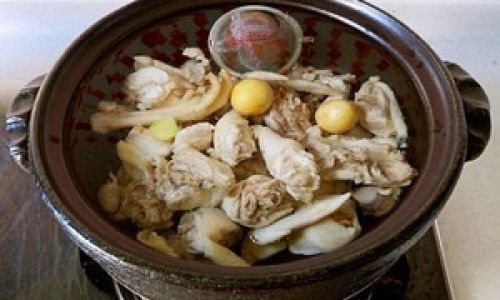
- Lemon Juice: A squeeze of fresh lemon juice at the end adds vibrancy. Zest the lemon first for aromatic citrus oils.
- Vinegar: Apple cider or red wine vinegar can be added in tiny amounts during cooking to meld flavors.
- Tomatoes: Fresh or canned tomatoes contribute acidity and sweetness, particularly in Italian-style soups like stracciatella.
Global Influences: Spices from Around the World
Chicken soup’s adaptability shines in regional variations:
- Asian-Inspired: Star anise, cinnamon sticks, and cloves lend warmth, while lemongrass and galangal introduce citrusy freshness.
- Mexican Caldo de Pollo: Cumin, oregano, and chipotle peppers in adobo sauce create a smoky, spicy broth. Garnish with lime, avocado, and cilantro.
- North African Harira: Turmeric, ginger, cinnamon, and saffron infuse the broth with golden hues and exotic aromas.
- German Hühnersuppe: Caraway seeds and a dollop of sour cream add tanginess, while fresh dill finishes the dish.
Troubleshooting Common Pitfalls
- Bland Soup: Overcooked vegetables or insufficient seasoning are common culprits. Add a splash of vinegar or soy sauce to brighten flavors, and taste/adjust salt and pepper.
- Greasy Broth: Chill the soup overnight, and the fat will solidify on the surface for easy removal. Alternatively, skim with a spoon during simmering.
- Muddy Flavors: Avoid overcrowding the pot with too many spices. Stick to 3–4 complementary herbs/spices to maintain clarity.
Storage and Leftovers: Preserving Flavor
- Freezing: Cool the soup completely before portioning into airtight containers. Freeze without noodles or rice, which become mushy upon reheating.
- Reheating: Add fresh herbs, lemon juice, or a splash of broth to revive flavors that may have dulled.
Conclusion: The Alchemy of Simplicity
The beauty of chicken soup lies in its simplicity—a testament to how a handful of ingredients can create something profoundly comforting. While spices and herbs are tools for enhancement, restraint is key. Let the chicken’s natural flavor shine, and use aromatics, herbs, and spices as supporting actors rather than stars. Whether you prefer a clear broth with delicate dill or a robust, spiced version with turmeric and ginger, the secret to a memorable chicken soup is balance. Experiment, trust your palate, and savor the process. After all, the best recipes are those made with love, one simmering pot at a time.
Word Count: 1,520


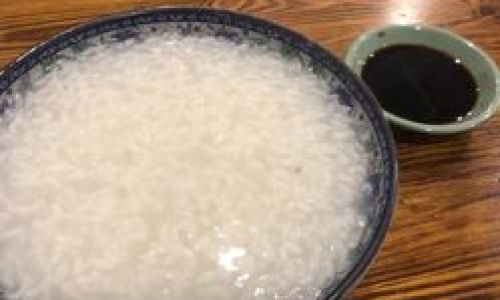
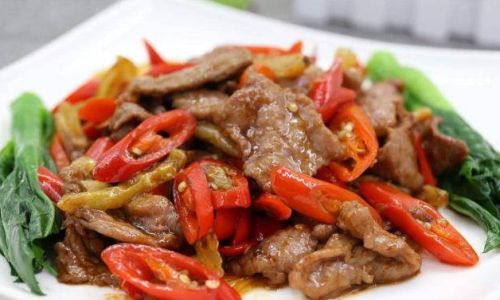
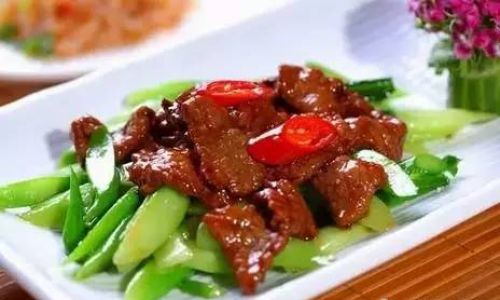
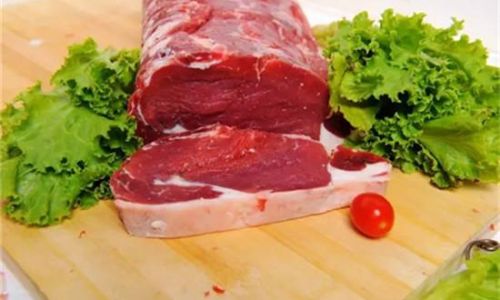
0 comments